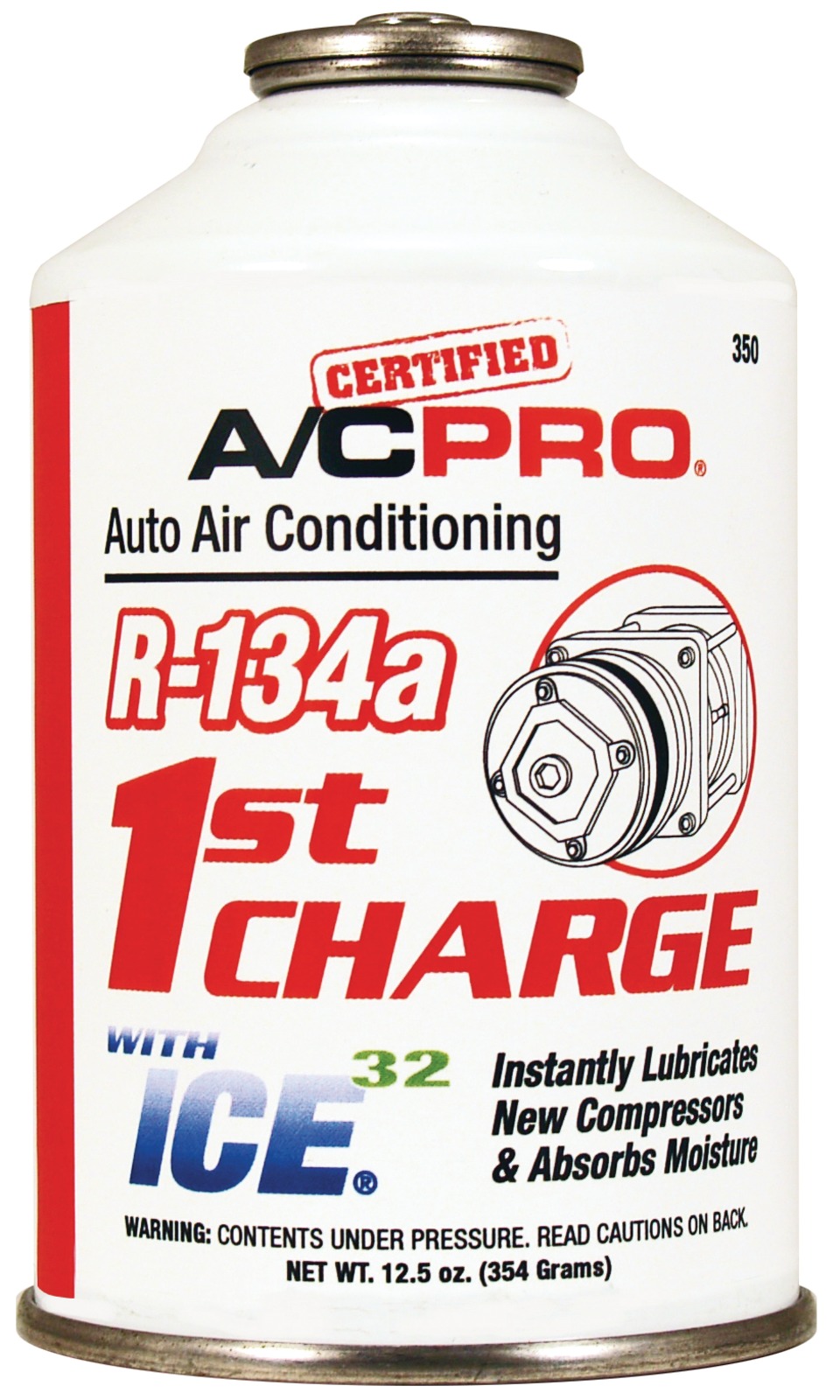Indicators on Compressors In Car A/c You Need To
2728 Many are comparatively inexpensive accessories without moving parts, composed, but floor units with an electric fan are readily available. 2930 It had been an early kind of automobile air conditioner 31 and isn't utilized in cars relying upon systems to cool the interior.
The cool moisture-laden air is then guided into the inside of the vehicle. 3233 The evaporate"cooling" effect decreases with humidity because the air is already saturated with water. Hence, the higher the humidity, such as in desert regions that are arid, the better the system works. Car coolers were more popular, especially among summer tourists visiting or visiting the southwestern United States states of California, Arizona, Texas, New Mexico, and Nevada.
A fridge is a good example of such a system, into the environment and as the heat transfers from the inside. Circulating mist gas vapor (which also conveys the breaker lubricant oil across the system along with it) from the evaporator enters the gas blower in the engine bay, typically an axial piston pump blower, and can be compressed to a high pressure, resulting in a greater temperature too.

Things about Compressors In Car A/c
The compacted and pressurized liquid effluent is next routed via the receiver-drier, in other words, a one way desiccant and filter cartridge that both dehydrates the toaster and toaster lubricant oil mixture in order to get rid of any residual water content (that would become ice within the expansion valve and for that reason clog it) that the vacuum completed before the charging process didn't manage to remove from the system, and filters it in order to eliminate any solid particles carried from the mixture, and then through a thermal expansion valve where it undergoes an abrupt reduction in pressure.
The chilly refrigerant is then routed via the evaporator coil at the passenger compartment. The air, often after being filtered by a cabin air filter, which is blown through an adjustable rate electric powered centrifugal fan across the evaporator, inducing the part of the cold refrigerant mixture to evaporate further reducing the temperature.



The refrigerant vapor is routed back into the compressor, to complete the cooling. The warmer the air that reaches the evaporator, consequently on the motor to maintain the refrigerant flowing through the system and therefore the greater is the load placed on the compressor and the greater the pressure of the vapor mixture discharged from it.
The Greatest Guide To Compressors In Car A/c
Via a belt, often the serpentine belt, and also an electromagnetically actuated clutch; an independently actuated variable displacement compressor can likewise be always directly powered by click here for info a belt without the need of any clutch along with magnet at all) or via an electric motor. Power consumptionedit At a modern car, the A/C machine may use approximately 4 horsepower (3 k W) of this motor's power, thus raising fuel consumption of the vehicle.
Popular Science. November 1933. Retrieved 16 April 2015. 50states. com. Retrieved 16. Packard. MBI Publishing. p. 76. ISBN 978-0-7603-1928-4. a b Langworth, Richard M. (1994). Motorbooks International. ISBN 0-87938-034-9.
p. 5. Archived in the original about . Retrieved 16 April 2015. "1953-Buick Heating and AC Folder". oldcarbrochures.org. pp. 1011. Archived from the first on February 2015. April 2015, retrieved 16. "1953 Oldsmobile Brochure". oldcarbrochures.org. p. 23. February 2015, archived in the first on . April 2015, retrieved 16.
Popular Mechanics. 101 (5): 86. May 1954. April 2015, retrieved 16. "One Control Heating Cooling". Motor. 101: 54. 1954. April 2015, retrieved 16. description (1987). The Standard Catalog of American Cars 19461975. Krause Publications. p. 176. ISBN 978-0-87341-096-0. Automotive Air-Conditioning and Climate Control Systems. Elsevier Science & Technology Books.
The Greatest Guide To Condensers
2. ISBN 978-0-7506-6955-9. Retrieved 16 April 2015. "News of the Automotive World - Nash Air Conditioner Combines Heating, Cooling, and Ventilating". Automotive Industries. 1954. April 2015, retrieved 16. Stevenson, Heon J. (2008). American Automobile Advertising An Illustrated History. Mc Farland. p. 177. ISBN 978-0-7864-3685-9. April 2015 retrieved 16.